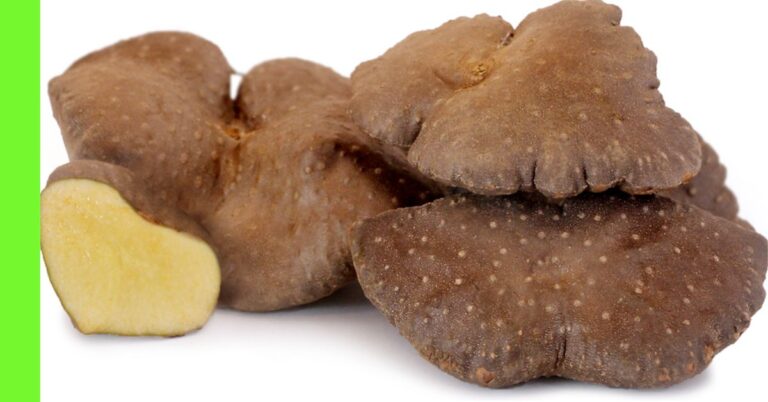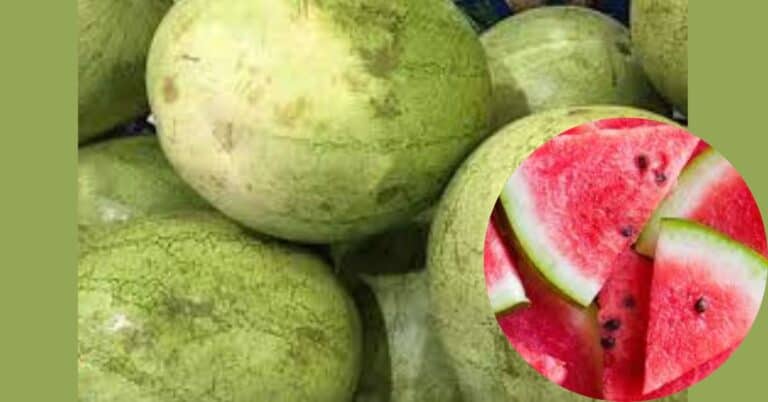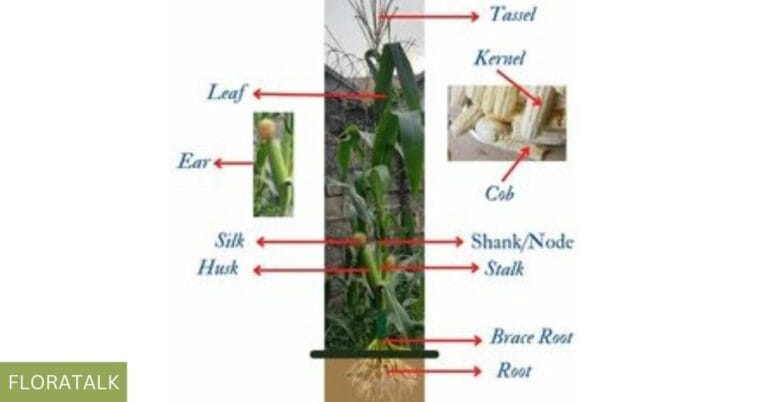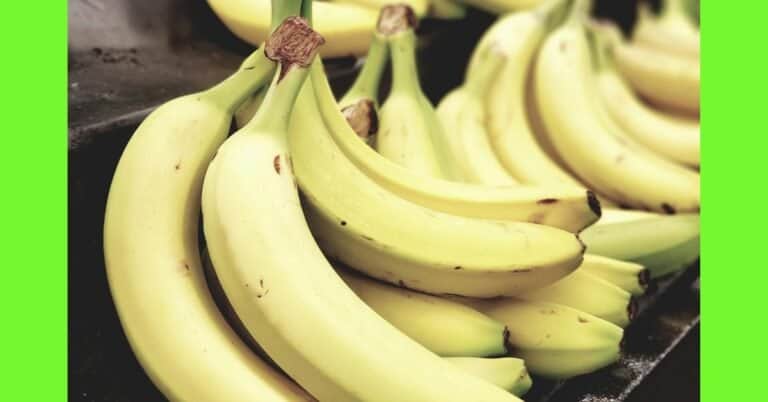Turmeric: Simple Facts, Uses And Benefits To Know
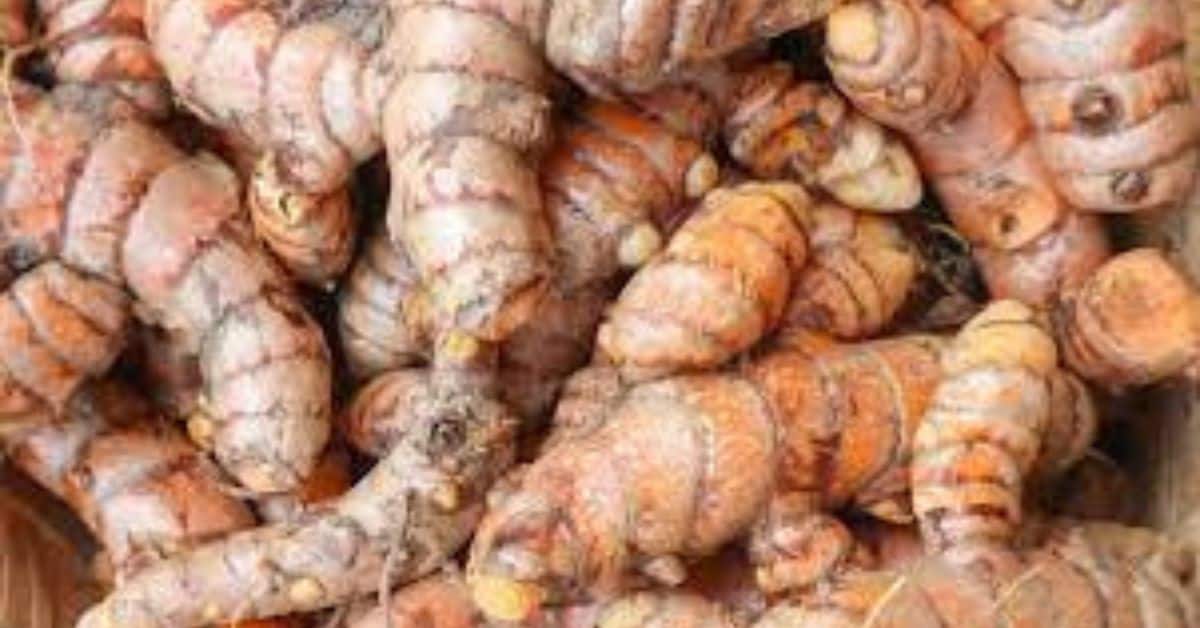
Turmeric is a herb that has been in use for various purposes for a long time.
We are much more familiar with ginger than turmeric,
They both belong to the same family Zingiberaceae,
Later in this article we would be looking at the similarities and differences between turmeric and ginger.
The botanical name of turmeric is Curcuma Longa.
It’s a herb and used for lots of medicinal purposes.
It’s said to be one of the most used medicinal herbs in science.
In the world today turmeric is the 3198th most traded product,
With a total of 358 million dollars in export between 2020 and 2021.
Brief History
Turmeric’s origin traced to Asia and has been in use in Asia for lots of centuries as food, dye and medicine.
The first use of the rhizome was for dying, before it’s use as medicine.
The crop is predominant in India, which till today is still the highest producer and exporter of turmeric.
Description
The turmeric rhizomes or underground stem are long tubers that vary in length.
The rhizomes have an outer thin cover or peel that is brown to orange in colour with parallel ring patterns on it.
The colour inside has a deep orange to yellow colour which is strong and staining.
You’ve got to watch out for your hands when peeling turmeric because they are going to get stained.
It has a mild peppery to warm and bitter taste.
In some places people consume the leaves
and used for other purposes but the popular part of the plant that is well used and known is the rhizomes.
Curcumin is an active compound in the rhizome and responsible for most of its medicinal properties.
Curcumin in turmeric is a yellowish-coloured pigment which gives the stem root its colour;
This compound is also found in ginger but in smaller amounts.
Turmeric in Nigeria
In Nigeria they grow in several states in the country but more is grown in the middle-belt and northern Nigeria.
And you can grow turmeric too.
There are various ways the root is used in the country
and for different purposes from medicinal application to beauty and food.
Nutritional Information
Nutritional value per 100 g
| | Nutritional Value | % of RDA |
| Energy | 354 kcal | 17 |
| Carbohydrates | 64.9g | 50 |
| Protein | 7.83g | 14 |
| Fat | 9.88g | 33 |
| Cholesterol | 0mg | 0 |
| Dietary Fiber | 21g | 52.5 |
| Folates | 39ug | 10 |
| Niacin | 5.14mg | 32 |
| Pyridoxine | 1.8mg | 138 |
| Riboflavin | 0.233mg | 18 |
| Vitamin A | 0 IU | 0 |
| Vitamin C | 25.9MG | 43 |
| Vitamin E | 3.1mg | 21 |
| Vitamin K | 13.4ug | 11 |
Nutritional Information of Turmeric (Source: USDA National Nutrient Database)
Uses
In Food
Turmeric used as spice in food, either fresh, dried or powdered turmeric is used.
It’s used as food colouring and is safer than artificial colourings.
For example it gives the yellowish colour in curry powder.
In Medicine
It’s used as medicine and used in the making of other drugs.
used as coloring for medicine at times.
In Textile
Used to make deep yellow dye for fabrics although it does not produce an enduring colour fast tint
In Cosmetic
People make perfume with essential oil from turmeric.
Used to brighten the teeth
Used in the making of skin care products like soap and soothing skin lotion.
In Chemistry
Used in chemistry for making papers to test for alkaline solution
(white paper soaked in a tincture of turmeric turns reddish-brown and dries to violet colour when there is an alkaline solution).
Health Benefits
Turmeric is a popular superfood, it’s said to have powerful healing properties.
It may be the most effective nutritional supplement in existence,
Many high quality studies show that it has major benefits for the body.
Supports Immune Health
The immune system fights to protect the body against infection and diseases,
A significant part of the immune system related to the digestive system.
It’s one of the foods that contain nutrients such as
vitamins, minerals and phytochemicals that support the body’s immune system,
It provides the body with antioxidants, anti-bacterial and
antimicrobial compounds which support the immune system’s protective ability to keep illness and diseases at bay.
This way the immune system functions better,
helping to keep the body free of bacteria, viruses and microbes as well as harmful oxidative damage from free radicals.
Relieves Pain
the rhizome with its anti-inflammatory properties helps to reduce
pains such as headache, arthritis, joint pain, stomach pain, menstrual pain to mention a few.
Researchers found that curcumin, a substance found in turmeric,
is comparable to the drugs for dealing with pain relief and improving proper function.
Using turmeric as pain relief is effective, safe and natural against using pharmaceutical medications.
Aids Digestion
There are so many organs and functions involved in digestion,
if the body lacks the vitamins and minerals that are necessary to support those organs and their functions,
with turmeric’s assortment of fiber, vitamins, minerals, antioxidants and anti-inflammatory compounds.
It can deliver the precise nutrient the digestive system needs to support enzymatic reactions, aid production,
muscle movement and optimal nutrient absorption.
Detoxifies the Body
The body gets rid of waste with the help of the liver,
The liver performs the difficult job of cleaning your body’s fluid of toxins, pollutants and irritations.
Turmeric helps support our organs to detoxify,
it’s cleaning phytochemicals including curcumin,
acts as powerful antioxidants and anti-inflammatory agents protecting and cleaning the liver and the entire body.
Turmeric for Skin Care
The health benefits of this herb goes beyond internal health;
When using skin products that incorporate turmeric,
The anti-inflammatory properties of the herb can also boost skin complexion when applied,
It also boosts radiance and controls oil in the skin.
It’s also applied to the skin for pain, ringworm, sprains and swellings,
infections, acne, inflammatory skin conditions and skin sores.
Dental Health
For dental health turmeric treats soreness inside of the mouth, infected wounds and gum disease.
Side Effects
- The powerful root has many benefits but also a few important cautions
- It can upset the stomach, the same agents in turmeric that improves the health of the digestive system can cause irritation when taken in large amounts.
- Pregnant women should not take turmeric supplements, but eating it in food is safe.
- Like other anti-inflammatory agents, it contributes to the formation of stomach ulcers.
- It thins the blood, turmeric purifying properties may also make bleeding easy,
- it slows blood clotting,
- so those with bleeding problems or an upcoming surgery should be cautious.
- Those with gallbladder problems might find that it exacerbates them
- Curcumin might decrease blood sugar in diabetics.
- High amount of turmeric might affect iron absorption
- Turmeric might decrease testosterone levels and sperm movement, which affects fertility.
Surprising or Funny Facts About Turmeric
- The paste is a home remedy for sunburn and it’s also an ingredient in many commercial sunscreens.
- If you have a leak in your water coated radiator, you add a spoonful of the powder and the leakage will stop.
- You can make a paste out of turmeric to get rid of unwanted hair.
- Curcumin found inside the rhizome is also the only food that’s shown to melt away ominous beta-amyloid plaques associated with cognitive diseases.
- In India there are several varieties of turmeric
- The city of erode in India of Tamil Nadu is the world’s largest producer of turmeric, erode often referred to as yellow city or turmeric city
- Adding the root to olive or sesame oil extends their shelf life due to its antioxidant properties.
Turmeric tea recipe
Ingredients
- 1/4 Teaspoon Turmeric Powder or 1/2 inch Fresh Turmeric (Peeled, Cleaned and Grated)
- 1/2 Teaspoon Honey
- Hot Water
- Lemon (Optional)
Instructions
- Place turmeric and honey into a mug.
- Pour hot water into a mug and mix, add a squeeze or slice of lemon.
Similarity Between Turmeric and Ginger
- They are both rhizomes
- Both are herbs
- Both are spices
- Used for food, medicine and beauty
- Both help relieve different kinds of pains
- they are both anti-inflammatory and antioxidants.
Difference Between Turmeric and Ginger
| Turmeric | Ginger |
| orange in colour | golden yellow in colour |
| active compound is curcumin | active compound is gingerol |
| warm, bitter and mild peppery taste | warm, sweet and peppery taste |
| cylindrical in shape | irregular in shape |




